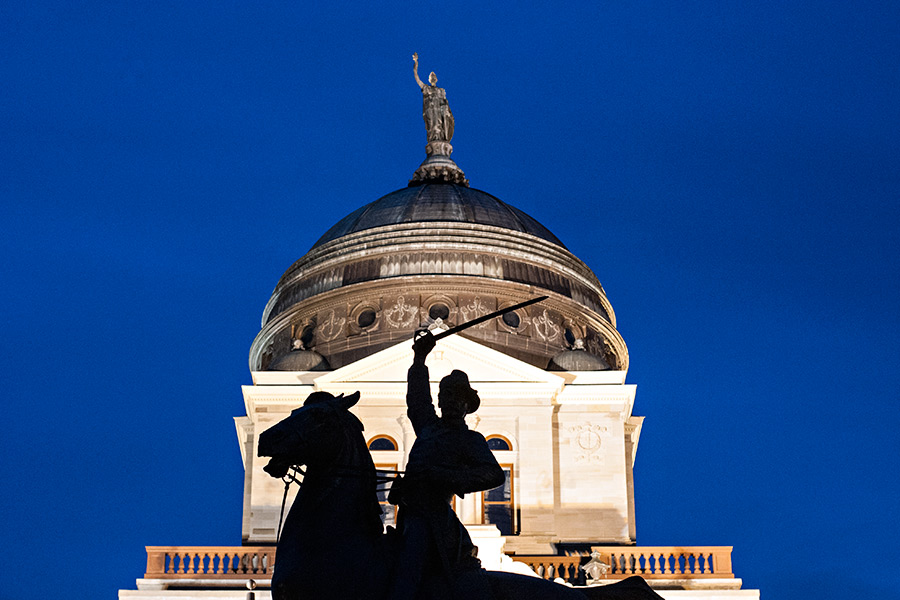HELENA — The state budget has emerged as a top issue in the 2017 legislative session, with Republican leaders saying money is so tight that the state can’t afford new programs. Democratic Gov. Steve Bullock paints a less dire picture, and he and GOP majority lawmakers are expected to spend much of the session wrangling over spending cuts and new sources of revenue to balance the next two-year budget and leave cash in the bank.
Here is a breakdown of the state’s financial picture and the challenges Bullock and lawmakers face in coming up with a new spending plan:
WHAT IS THE PROBLEM?
There is a budget shortfall at the state’s current spending level that is projected to last until 2019 if nothing changes, according to legislative fiscal analysts.
State agencies have trimmed some spending, but there is still less money coming into the state than there is going out. This year, that shortfall is expected to be nearly $90 million. Without any adjustments, the shortfall will grow to $91 million in 2018.
Things are expected to pick up again the following year, and revenues would exceed expenditures by nearly $19 million at current spending levels, the analysts say.
IS THE STATE IN FINANCIAL TROUBLE?
Despite the structural shortfall, the state’s balance sheet is still positive. The governor and the Legislature left an extra $300 million in reserve in the last budget, which was passed in 2015. The state has been using that money to bridge the gap, but that cushion is expected to drop to $79 million by the end of June.
HOW DID WE GET HERE?
The money going into the state’s treasury fell in 2016 to $2.1 billion, which is 3.6 percent less than the year before. The main reason is that tax collections from individuals and corporations fell short of expectations with a decline in the money the state receives from the production of oil, gas and coal.
WHAT’S THE PLAN?
The governor has proposed a spending plan for the next two years that aims to balance the budget and build the state’s cash reserves back up to $300 million by 2019. His proposal includes a combination of spending cuts, one-time transfers from other financial accounts and tax increases.
Republicans, who control the Legislature, are reluctant to pass any tax increases, especially Bullock’s proposed higher tax rate for people making over $500,000 a year. Bullock also seeks new taxes on medical marijuana and vaping products, and tax hikes on tobacco and wine.
Republicans are seeking deeper spending cuts instead, some $120 million compared to Bullock’s proposed $74 million.
Lawmakers will spend the coming months assembling a budget, but Bullock will have veto power over the final plan, meaning the sides will have to negotiate a solution.
